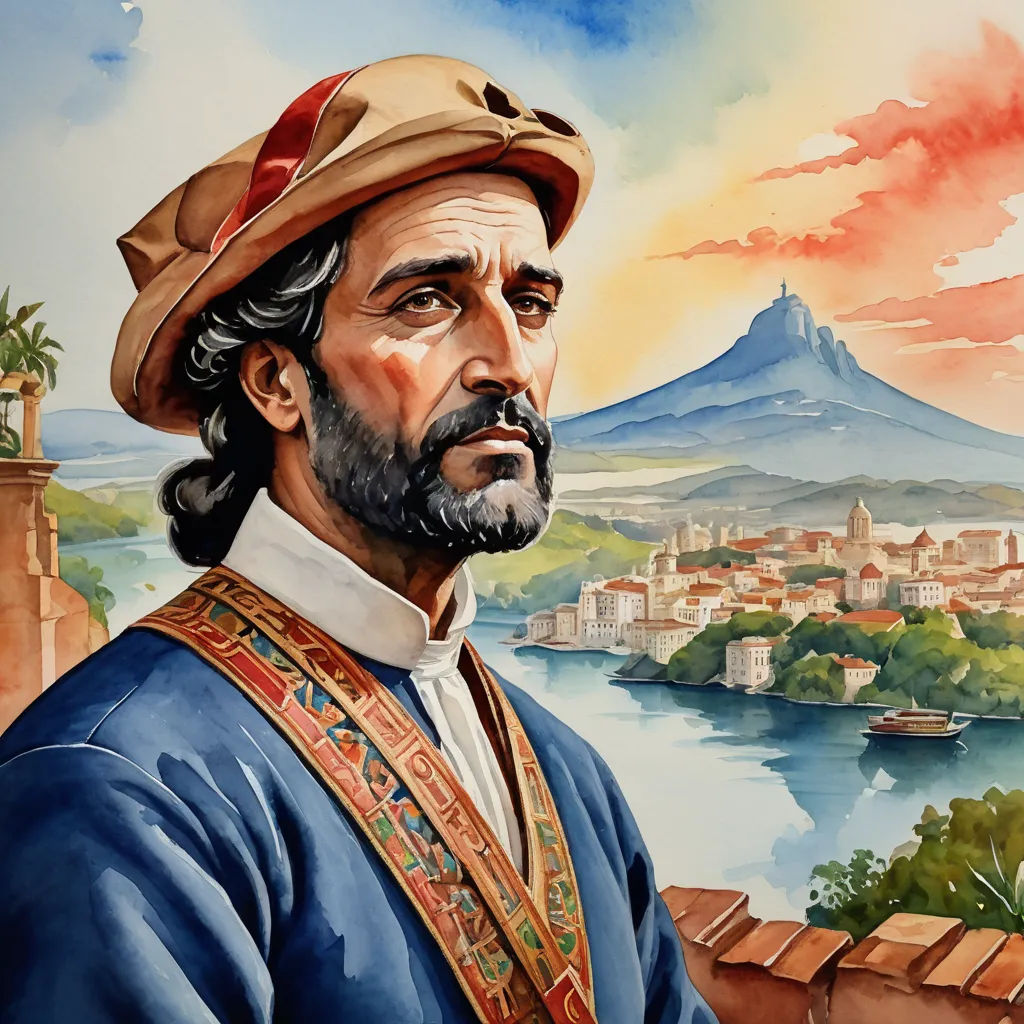
From Discovery to Democracy: The Epic Journey of Brazil
By nycolas

10 Mar, 2024

On the morning of April 22, 1500, a fleet led by Portuguese navigator Pedro Álvares Cabral landed on the shores of what is now known as Brazil. The indigenous people, unaware of what was to come, welcomed the strangers with curiosity and caution.
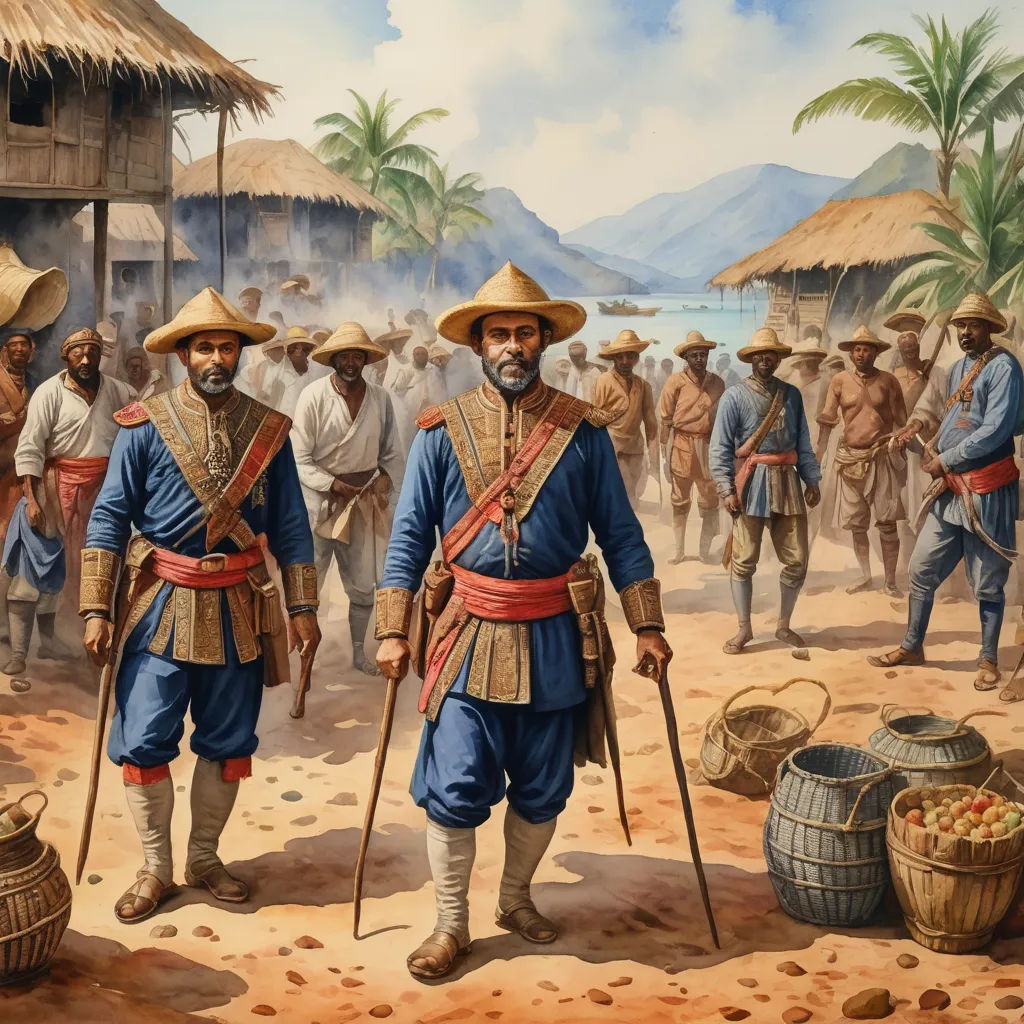
The arrival of the Portuguese marked the beginning of a new era. The indigenous tribes were soon subdued, their lands taken over for the cultivation of sugarcane, a profitable venture for the colonizers.
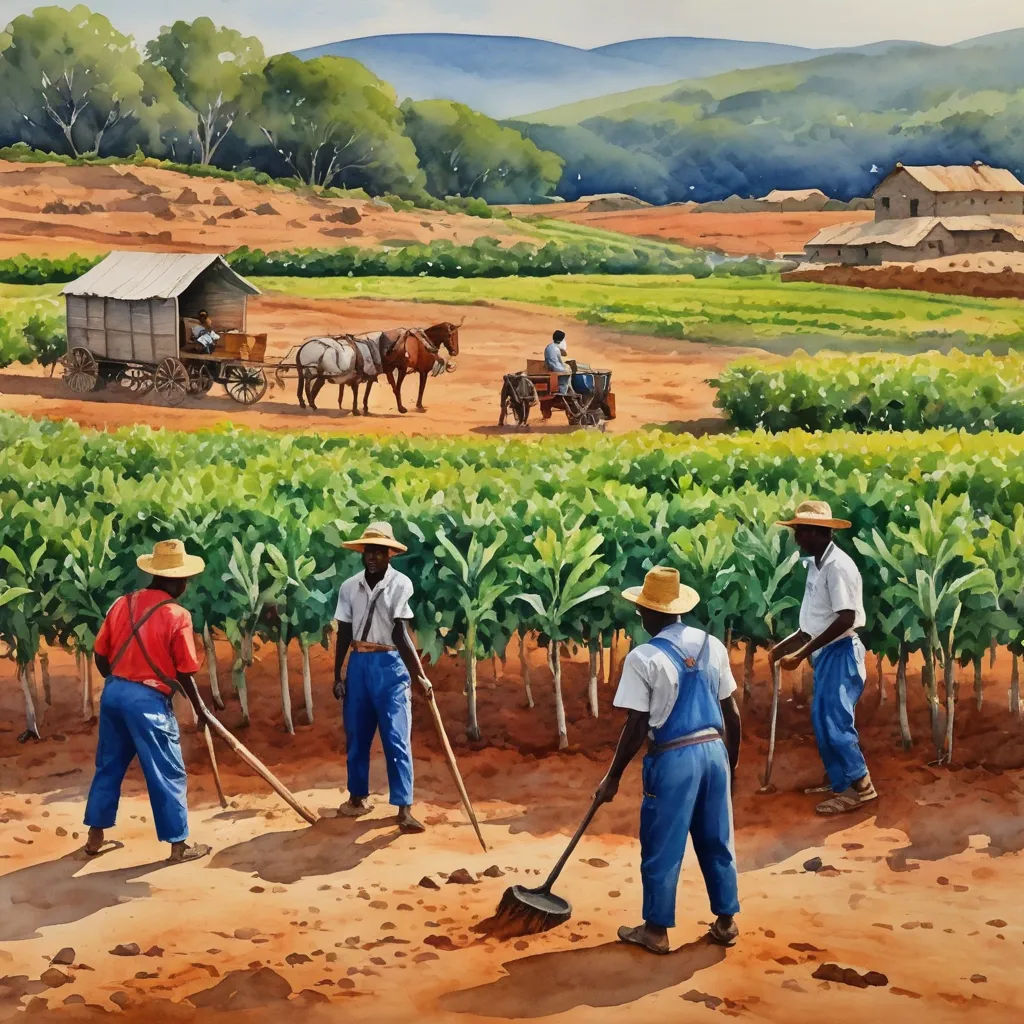
With the sugar plantations expanding, the Portuguese turned to Africa for slave labor. Thousands of Africans were taken from their homes, forced into chains, and shipped across the Atlantic to work in the fields.
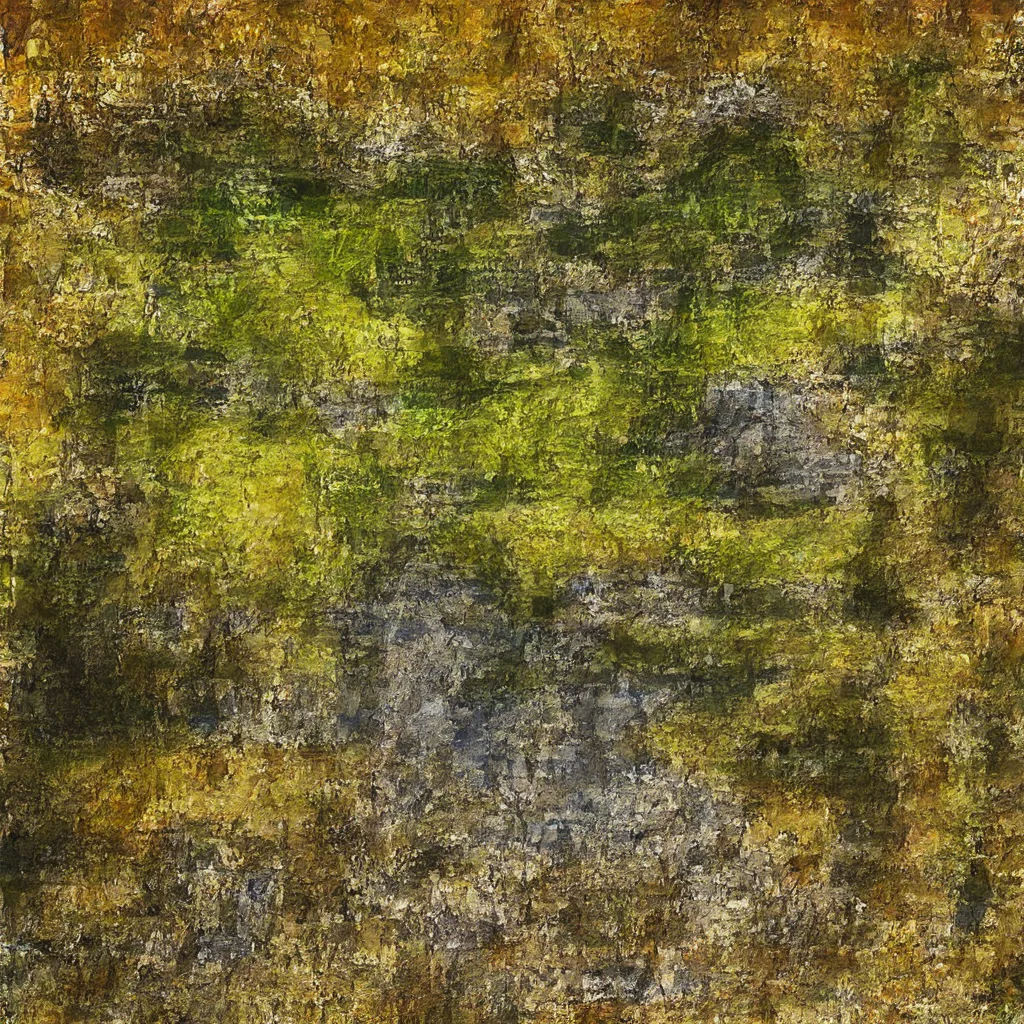
The cries for freedom echoed throughout the country. In 1822, Brazil declared its independence from Portugal. The people breathed a sigh of relief, hopeful for a better future.
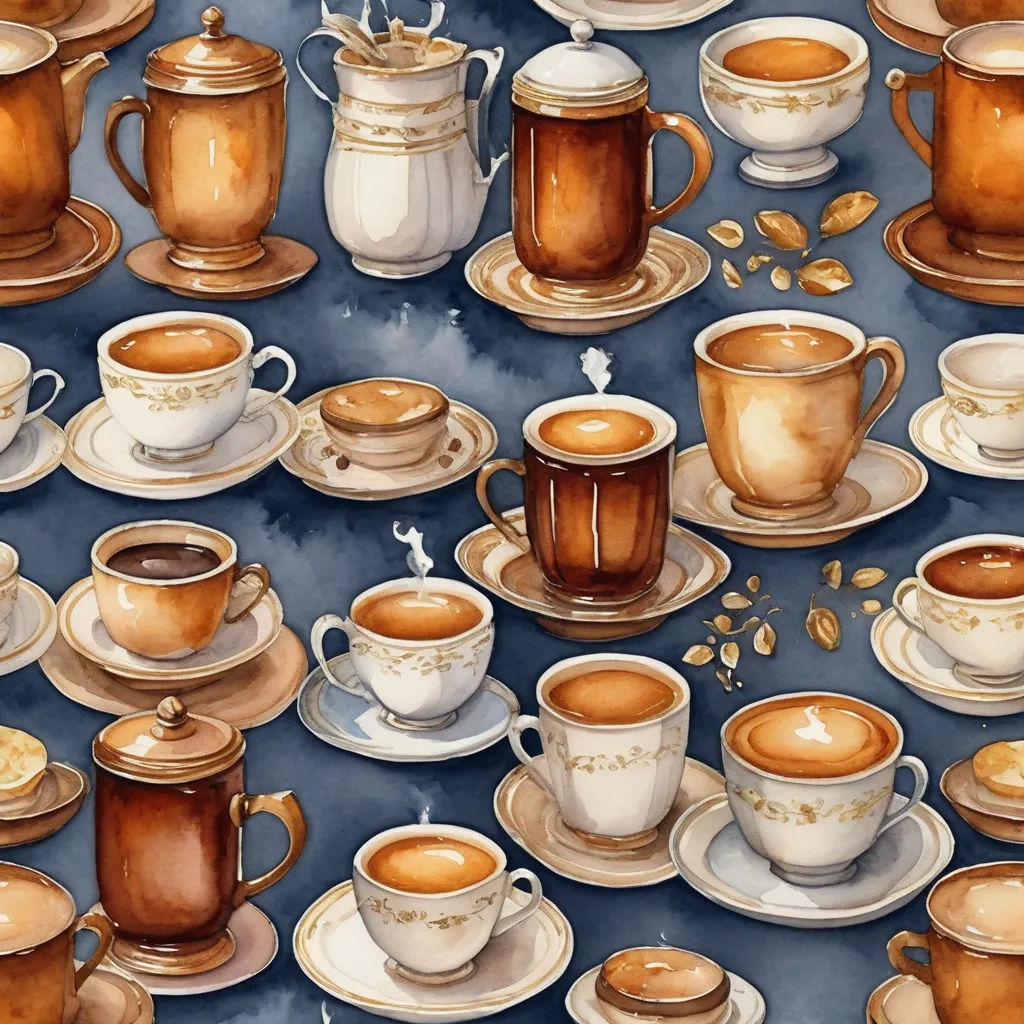
The coffee boom in the late 19th and early 20th centuries led to the 'coffee-with-milk' republic, an era of political domination by the coffee-growing states of São Paulo and Minas Gerais.
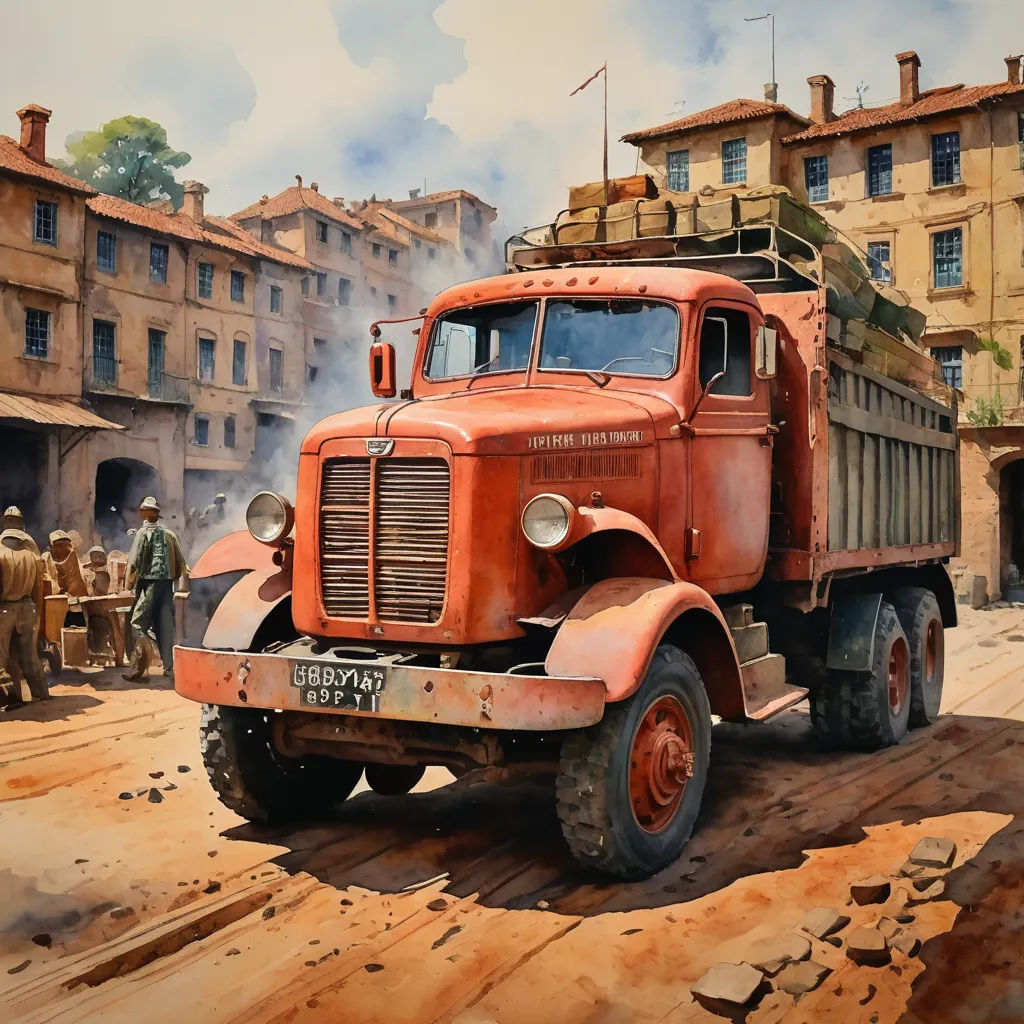
Brazil's involvement in the two World Wars brought about significant changes. The economy shifted from an agricultural base to an industrial one, leading to urbanization and increased immigration.
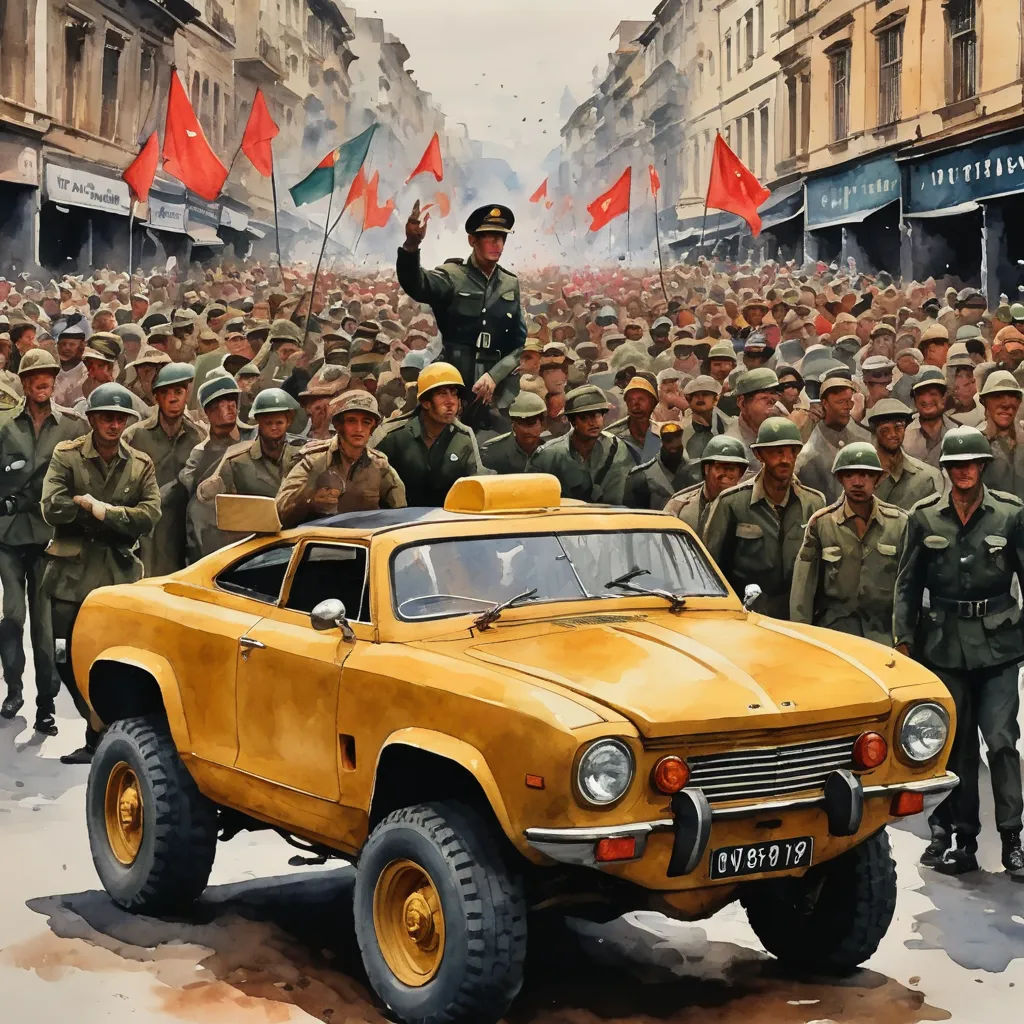
With the military coup of 1964, Brazil was plunged into a dark era of dictatorship. Voices of opposition were silenced, and the country was shrouded in fear.
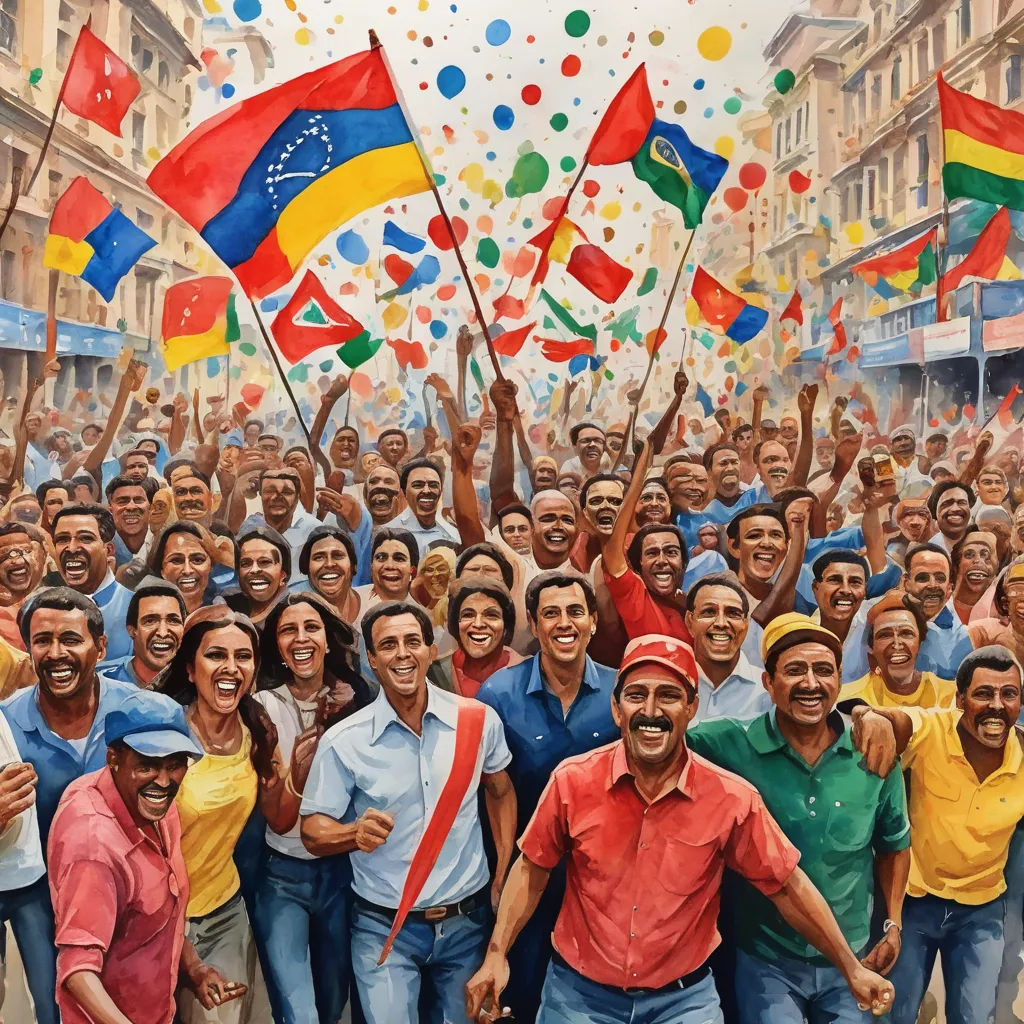
The fight for democracy was long and hard. But the people's resilience prevailed. In 1985, military rule ended, and a new chapter began for Brazil.
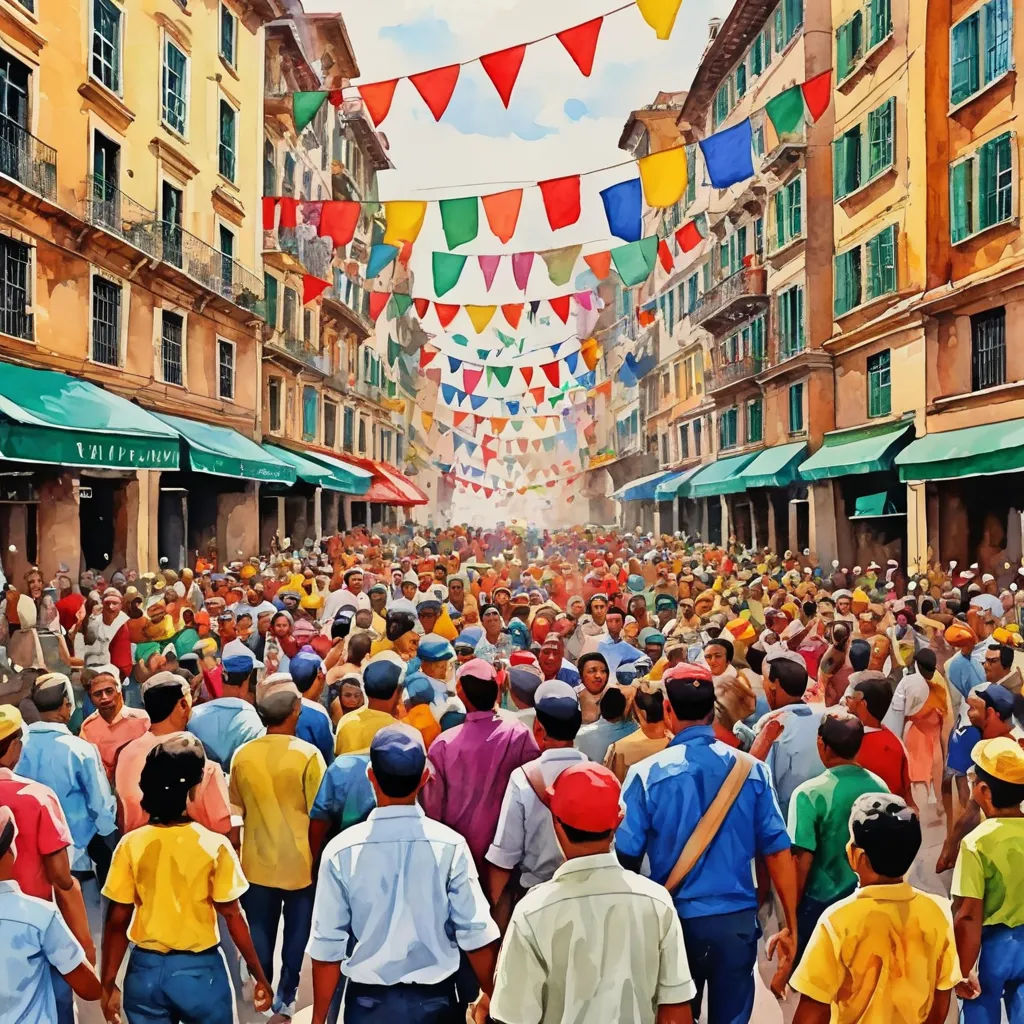
Today, Brazil stands as a vibrant democracy. It has its challenges, but the spirit of the people remains indomitable. The journey from discovery to democracy is a testament to their resilience and determination.